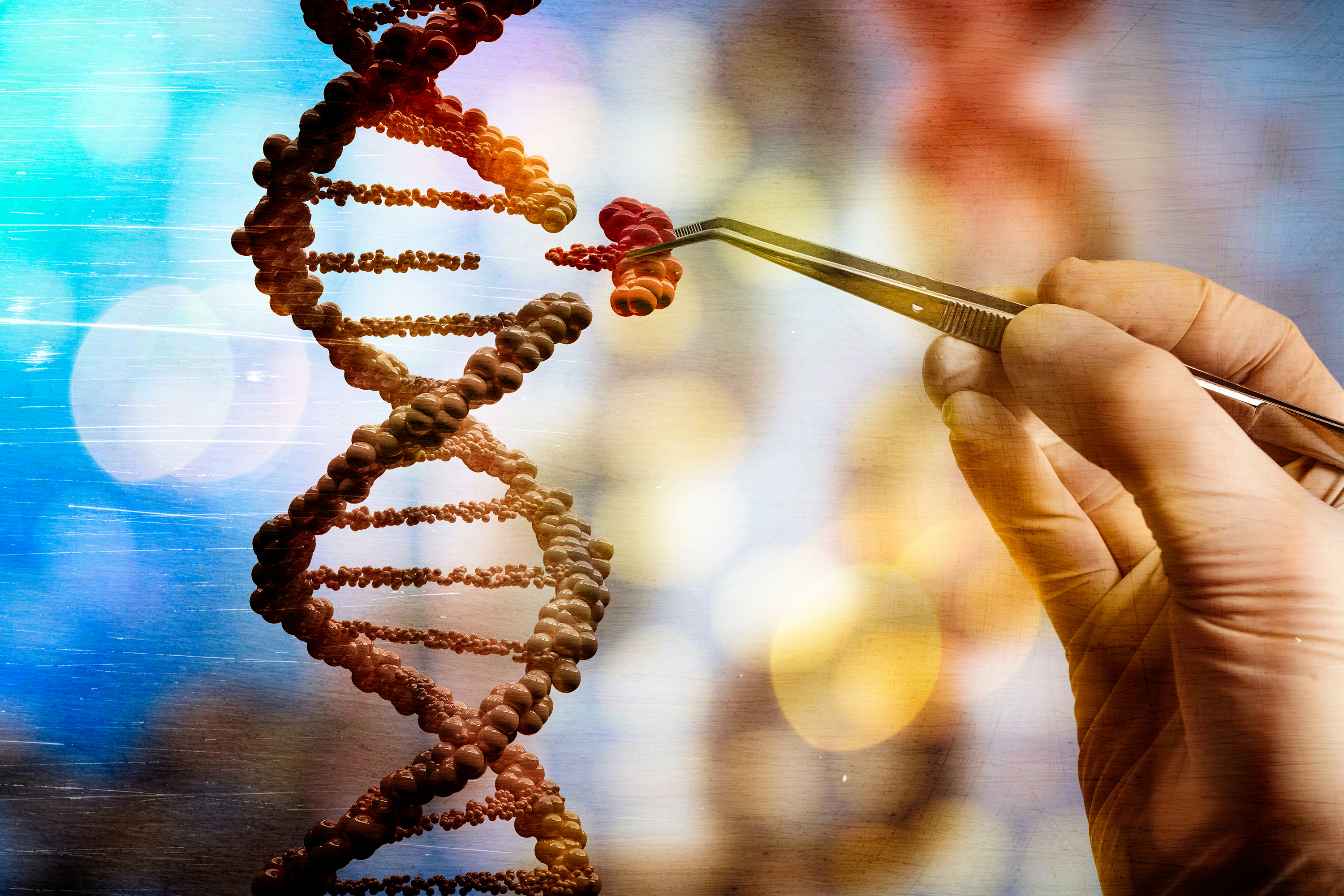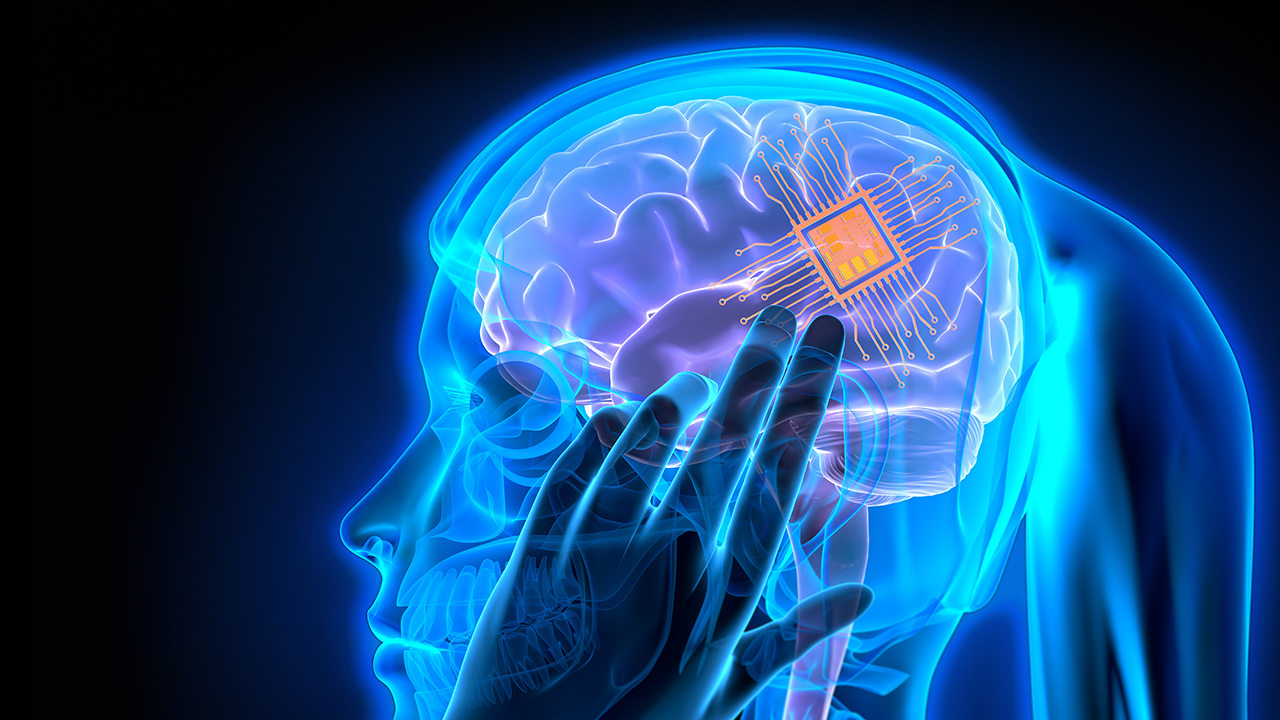With over 3 billion people in the world living with a neurological condition, the pressure for improvements to be made in this field continues to increase. With my grandfather being one of the many people affected, I am personally intrigued in current and future developments to come. Let’s delve into the interdisciplinary approach of biomedicine and engineering for the recovery of neural diseases.
Neurological disorders

Dr Yuranga Weerakkody, & A.prof Frank Gaillard Et Al
Australia, Alzheimer’s and Dementia, Health, Diseases and Disorders
The brain and spinal cord are the control centres of the body, sending and receiving sensory and motor information. When this system dysfunctions, it leads to disease. A few examples of neurological disorders are the following:
•Spinal injuries: caused by traumatic damage to the spinal cord, resulting in loss of motor or sensory function, often causing paralysis or impaired mobility.
•Neurodegenerative diseases: include the progressive conditions affecting nerve cells, leading to deterioration of cognitive or motor function, as seen in Alzheimer’s, Parkinson’s and Huntington’s disease.
•A stroke: the sudden interruption of blood supply to the brain, causing rapid loss of brain function, leading to paralysis, speech and vision problems, or death.
The use of biomaterials
The use of human embryonic stem cells for therapeutics to aid brain disorders has come with success but raises ethical questions. It can be argued that the development of biomaterials is a better approach.
•For the treatment of spinal injuries, neural grafts and biomaterial scaffolds are employed for functional recovery, physical support and help foster axonal regeneration. Strategies like electrical stimulation and growth factor delivery further aid neuronal regrowth.
•Neurodegenerative diseases prompt the development of 3D brain tissue models, organoids and neural implants to understand disease mechanisms whilst stem cell therapies, including induced pluripotent stem cells (iPSCs), restore neural function.
•Stroke therapies utilise biomaterial scaffolds and injectable hydrogels to promote neuroprotection and enhance functional recovery.
Hydrogels: application in stroke recovery
Hydrogels provide therapeutic benefits through drug delivery, tissue regeneration and wound healing, including direct injection into stroke cavities and forming protective barriers in the brain post-stroke.

Derived from natural or synthetic polymers, they form a 3D structure, absorbing biological fluids within the body. They are flexible and resemble tissues which can be tailored for specific applications. They also play a crucial role in aiding neurological regeneration for stroke patients through multiple mechanisms.
Firstly, they provide a scaffold for cells to adhere to and grow within, facilitating cell migration and tissue regeneration. Secondly, hydrogels can deliver therapeutic agents (growth factors and stem cells), promoting neuronal survival, angiogenesis and modulation of the inflammatory response, essential for recovery. Thirdly, their biocompatibility ensures sustained release of therapeutics without adverse immune reactions. Lastly, their physical properties can mimic the brain’s native tissue environment, fostering appropriate cellular behaviour and functional recovery. In essence, hydrogels offer a versatile platform for neurological regeneration.

Things to consider
Concerns linger over longevity, immune rejection, and unforeseen risks of biomedical interventions. Legally, adherence to regulatory frameworks, patent protection and insurance coverage are paramount for ensuring safety and accessibility. Ethically, emphasis lies on informed consent, equitable access, especially in developing nations and addressing social injustices. Who deserves this treatment and why?
My final thoughts

Whilst all sides present a fair argument, I am inclined to take the equitable approach in providing access to these treatments. The choice should be with the patient, neither the law or the socioeconomic circumstances of the individual should intrude on their autonomy or dictate their access to treatment. However in reality this is not always the case.
The long term effects of using biomaterials, particularly hydrogels are a controversial topic. Nevertheless, their use for stroke treatment has shown promising potential, with wider applications to other neurological cases. Caution should be taken with experimental treatments as their long term effects remains to be seen.




Very well written, with an excellent format and images. You’ve included interesting statistics and related it to personal ideas which…
This is a very well written blog, the format is as if you are talking directly to me. The ideas…
Love the Batman GIF :)
This is an excellent, well written blog. The narrative is engaging and easy to follow. It could be improved by…
This is a well-communicated blog. The it is written well with good use of multimedia. It could be improved with…